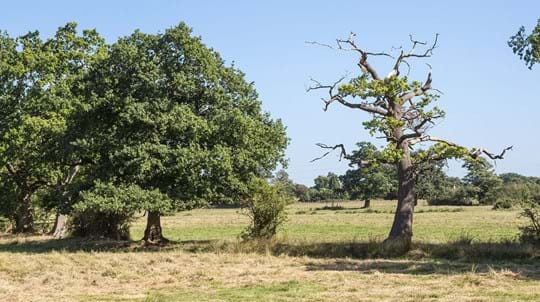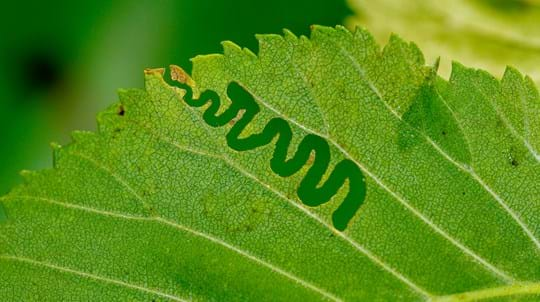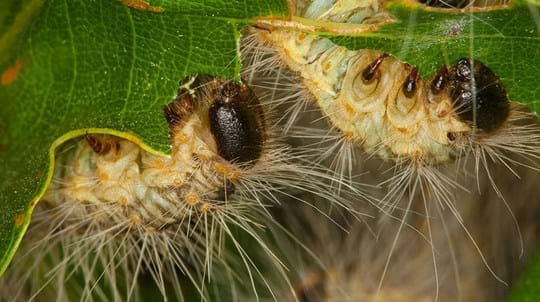
Credit: Doug Wechsler / Nature Picture Library
How did the oak lace bug get here and what impact will it have?
While this pest is yet to reach the UK, there is a risk of it arriving on infested plants or plant materials. If they do arrive, they will spread locally to new hosts as adults fly and are blown by the wind.
As this pest affects leaves, it impacts the photosynthesis of the tree. This makes infested trees more vulnerable to other pests and diseases. Consecutive years of severe oak lace bug damage, combined with other stress factors, might even kill some trees. Any damage will be most severe during dry weather, when trees are already under stress.





